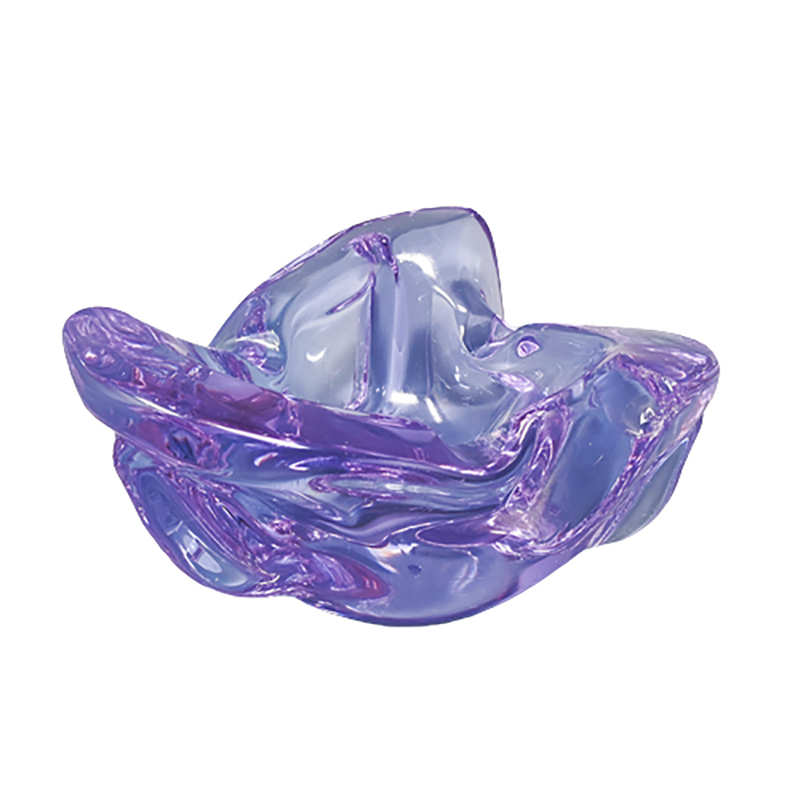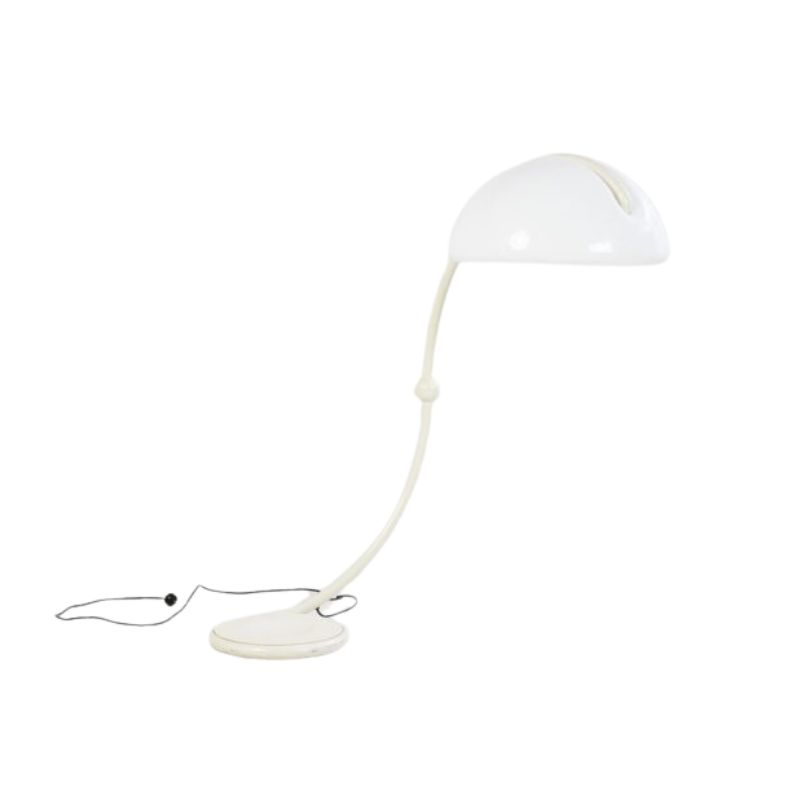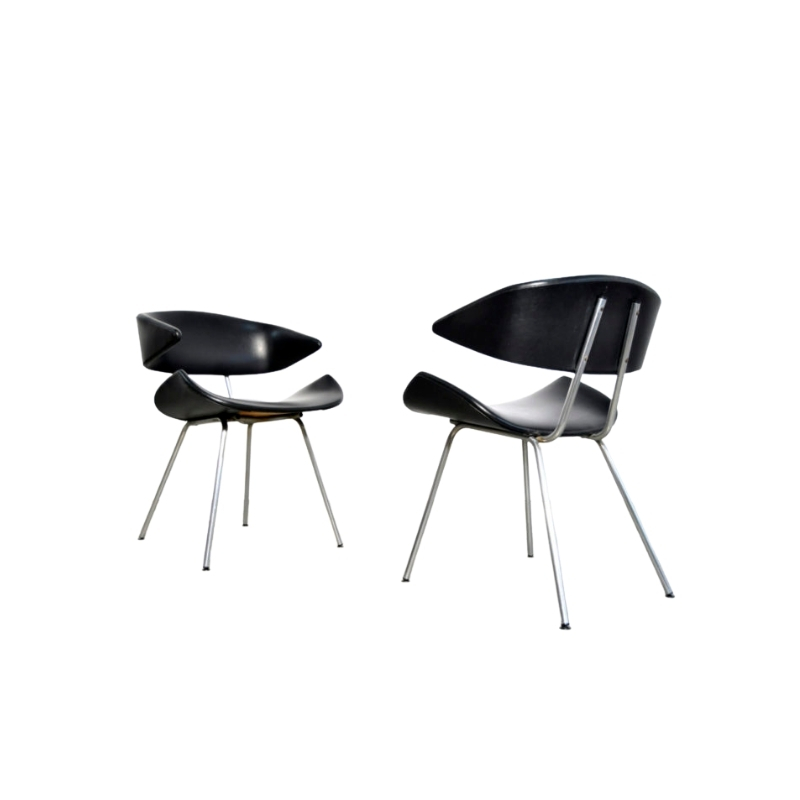Today I was in a natural history museum and I walked through the mineral/crystal exhibit. I've done this many times, but, today, I was dumb struck with an insight.
Geometric form language in modernism is not abstract, or a highly intellectual rationalization of form. It is not a form language from machines either.
The geometric form language of modernism is perhaps the most natural, environmentally-derived, form languages conceivable.
Look at any crystallized mineral. It is the form language of modernism, or should I say, modernism is the form language of crystallized minerals.
A crystallized mineral takes on the form of the atoms of the mineral that form it. The geometric form of the crystallized mineral is, thus, not abstract at all. It is utterly organic to the atoms that it is composed of.
In turn, modernism is not using human intellectual abstractions. Geometric forms are not abstractions of human intellect. Geometric forms are empirical facts of nature. Human beings have clearly adopted crystallized mineral forms to human uses.
How many times have you read critical analysis that describes modernist form language as geometric and rationalized abstractions of the machine? To the ordinary person, indeed to this ordinary person, modernist structures have always seemed inherently more intellectual and heady that other building--less of nature than of the machine age.
WRONG!
The modernists adopted natures geometric forms to their purposes.
Designers and critics need to communicate to layman that tht this form language should be no more alienating than a quartz crystal, which is to say, not at all.
In fact, the symbol ridden romanticism of so many other kinds of design should be considered much less organic, and much more heady and intellectual and alienating.
Modernist form language is a proper form language for moving forward on an evironmentally harmonious path.
Note also that in nature, crystallized minerals often appear embedded in enormously randomized chaos of other rock structures. When Wright nestled his geometric forms into hillsides, for whatever reason he thought he was doing it for, in fact he was emulating nature's form language with incredible profundity.
I believe understanding the connection between geometric forms in nature and in modernist form language, together with their being nestled in much more chaotic settings, will lead to a very much more coherent sense of the aesthetics of the modern.
I beg to differ about the inf...
I beg to differ about the influence of machines. Spinning cutters (drills, routers, lathes) do have an influence on the result, without them this Borge Morgensen chair would be quite a different piece, I'm sure when he concieved it the knoweldge of what joints and profiles could be created with drills and routers was a strong influence.
An even more basic example would be the potters wheel.
Geometry has never been the sole property of modernist designers, earlier objects and architecture were equally indebted, if not more so, to dogmatic ideas about proportions, it is just ornament obscured the underlying logic of a piece, a Louis XIV chair minus its curlicues is a particulary rational object and as 'crystaline' as any early modernist piece and more so than much of what came later.
Heath...
I agree that geometric form language denuded of ornament is not new to Moderns. We have only to look at the Pyramids of Egypt to make your case definitively.
Fortunately, the Egyptian architects were kind enough to set some of the Pyramids close to the Sphynx, which was quite a bit older, if I recall correctly. The architects of the Pyramids apparently had had enough of mythological icons and decided to get rid of the mythological ornament and symbolism of the Sphynx and counterpoint with the purified form of the Pyramid. Less mythology from human dreams and fantasies. More mythology based on geometries observed in nature. This seems analogous to what the Moderns tried to do several millenia later. The moderns were trying to find a form language less polluted with narrative mythologies and more rooted in the more simple, elegant geometries found in nature. The pyramid is a crystalline form sitting in the sediment of the Nile valley. Does it get any clearer than that.
Architecture/design seems to swing back and forth between the urge to crystaline form languages and the urge to form languages rooted in mythical narrative fantasies. This is my underlying point.
The crystaline form languages seem to emulate natural forms of rock.
The mythical form languages seem to emulate human fantasies.
I see what you're getting at...
I see what you're getting at Wilson.
Would you characterise the glass structures so prevelant in todays modern ubran architecture as crystalline? With it's rigid boxy structures, exterior supports and awashed with glass windows?
I'm sure you'll find this link interesting... I can't help but think of Superman.
http://www.rom.on.ca/crystal/index.php
Incredibly on target.,..
I'm not critiquing whether this is a "beautiful" example of what I am talking about, but I am saying this is an absolutely "accurate" example of what I am talking about. Thanks for posting it.
Why I think this is so important is that it opens up a potentially more sophisticated kind of syntax to the form language of modernist design, or what ever form of modernist design is to follow post modern.
I. M. Pei's glass pyramids erupting up out of the Louvre, whether one likes them or not, are not the "abstractly geometric" modern erupting up out of the old. They are rather crystalline forms emerging in the more mythologically ornate older buildings of the Louvre.
I'm not sure if those example...
I'm not sure if those examples characterise crystal forms or are charactitures of them.
I wonder if most designers think so esoterically though? From my expererience an idea comes from god knows where and then practical considerations actually make a piece.
Perhaps you are interested is this ideation phase and how that connects with the environment, probably it does, but in the best design unconsciously I think.
I disagree too with the sepration you imply between eras in art and design, its never been cut and dried or so easy as that.
Heath...
Thanks for your continuing input. I appreciate it.
Probably I should have clarified that conceptual analysis of the sort I am engaging in here never is hard and fast and all encompassing. Put another way, I am not building a special, or a general theory that can be mathematically formalized and empirically verified to hold over every situation. Conceptual analysis never produces hard and fast rules. It yields heuristics at most. There is nothing fundamentally contradictory about your subjective, anecdotal and experience based models of how design occurs, or how the phases of design proceed, vs. what I am talking about. Both are verified if both are observable. Clearly what I am talking about is observable. Now whether what I am observing proves to be coincidence; i.e., whether it is phenomena that looks related, but is in fact produced by utterly different causal or probabilistic processes I cannot say yet. But you also have to admit that your subjective models based on personal experience are a good deal harder for others to observe and generalze from regarding what tendancies are occuring and in what phases of time they are occuring in precisely because the complex internal processes you wish to hold front and center as determinant are impossible to witness.
Pt 2
I have been fairly creative in various endeavors and so I have reason to agree with your notions of how design happens as a client with a problem and a designer responding within practical constraints to effect a solution. What I think you need to remember, however, is that every designer (or creative person in any field) just is a part of a generation of professionals in his field. He just is a product of a shared historical legacy to one extent or another. He just is either reinforcing or rebelling from the same aesthetic and technical standards as others in his generation. And so, certain groups of designers, whether working with close awareness of each other, or with vague awareness of the other, or with no awareness of the others, tend to produce work that has enough likelness in materials, aesthetics, form languages, and so on to yield recognizable categories of approaches to solved design problems. This phenonemnon of categorizable similarity is not something to be frightened of in my opinion. Yes, categorization can be a straight jacket to some individual designers who are easily constrained, but having a known legacy is not a bad thinga at all in my opinion. Known legacies offer many benefits. They are repositories of what has been tried, thus they offer certain designers a place to go to borrow old ideas, and offer other designers something to evolve incrementally from, and still other designers something to radically depart from. And all creative artists borrow in one way or another no matter how original their work may seem, because of the rigor with which the work through borrowed themes of the past in contemporary materials and technologies. The oth virtue of known, categorized legacies is that they high light when a designer truly does do some original work, and help expose charlatan designers who claim to have radically departed from the past, but who in fact have just borrowed from particularly obscure sources.
I think we have a very differ...
think we have a very different way of looking at the world, you're quite right, I try and only speak from experience, as do you but oh well nothing ventured nothing gained eh? At least you've got something to say and I am incredibly appreciative that your post wasn't from a certain fellow compatriot as I initially expected!
.
soory but, this is Excelent!:
...that every designer (or creative person in any field) just is a part of a generation of professionals in his field. He just is a product of a shared historical legacy to one extent or another. He just is either reinforcing or rebelling from the same aesthetic and technical standards as others in his generation..........
And glad it,s like that!
The Crystaline Movement in Architecture...
seems as good of a term as any to describe the lodging of buildings, or building additions, with highly geometric form languages offering counterpoint to existing buildings with more mythologicial form languages. It seems to have occurred from the 1980s to the present. Pei's 1989 addition to the Louvre would be an icon of the movement.
.
what makes a building mythological? I'm not being contrary, just curious about your ideas.
Is classical architecture? Was the sphinx mythological to its builders or was it part of a concrete experience?
I know this wasn't the jist of your original idea but hasn't there been a modernist myth that has really failed to deliver? A kind of fanatical mysticm about its benefits?
I thought you might be interested in this de stijl image, there are better but I can't find an example of the really exuberant projects.
Heath...
Glad you asked about my use of "mythological" to refer to the alternative to crystalline forms. I'm not really satisfied with it either. I tell you what I'm trying to describe and perhaps you will think of something more fitting, or expose the flaw in my thinking.
Let us start with the fact that all buildings have geometric forms to some extent. By this I mean they are boxes, or rectilinear boxes, or upright rectilinear boxes, or cylinders, or half cylinders, or prismatic shaped, or domes, or what have you.
But the geometric forms of many buildings are remarkably obscured by all manner of ornamentation, so much so in my opinion, that the building is visually as much or more about the ornamentation than it is about the geometric form. And these significantly oramented buildings are often ornamented with symbols that allude to mythological ideas generated in the human mind, where as the geometric forms of crystals occur in nature quite independent of the human imagination.
A quintessential example of a mythological building would be Canterbury Cathedral immortalized by Geoffrey Chaucer in his Canterbury Tales in the late 1300s. Chaucer understood that that cathedral's form was as much an expression of the human religious imgaination as it was the need for indoor seating in a cold, rainy climate for the purpose of listening to a mass.
Yes, the cathedral has basic rectilinear box elements and yes it has a steeply pitched prismatic roof. But these geometric forms are frankly subordinated to and used to express religious symbol and mythology. The building is a cross space program. Crosses do not occur with much frequency in nature. In fact, I've never seen a cross without a human imposing it. But even if some atomic structures can be demonstrated to be cruciform, we still know for a fact that the cross is a symbol appropriated by by Christianity to express the part of the mythology of Christianity. And on top of the cruciform pattern, which some one may prove is actually a phenomenon of nature, there is the abundance of gargoyles and gothic imagery ornamenting the building that Chaucer recognized to express the mysterious, unexpected, at times hallucinatory and magical experience of life. The Canterbury Cathedral was form for the sake of form. It was form for the sake of expressing a mythology, also.
pt 2
The great pyramid, which is an icon of geometric form, of course was likely imbued with some mythology as well by the Pharoaonic builders and their serfs who also worshiped the Sun and the Nile. The pyramid may have expressed a mythical ideal of perfection. It may have expressed the hierarchichal order of their society. It almost certainly was a mixed use building with some mythological functions and some more practical secular functions like acting as a survey monument for laying out land subdivisions, and a navigational land mark (the desert equivalent of a lighthouse when it had its white marble skin that reflected moonlight for dozens of miles in all directions).
But here is the key distinction between the Canterbury Cathedral and the Great Pyramid. Pyramids are cryalline forms, or at least portions of crystalline forms, that occur in nature with, or without the action of the human imagination. Gargoyles do not. Cruciform processions do not, so far as I know, occur in nature, unless you want to liken the cross to a highly abstracted human body (which seems kind of a stretch to me), or a highly abstracted saguaro cactus (I don't think early Christians made it to Tucson). And frankly, seeing the cross as a symbol of the human body is itself an act of mythologizing and symbolizing the human body; i.e., the cross does not occur in nature with near as much frequency as one might observe a a quartz crystal, or any other number of crystals.
Many buildings standing today evidence mythological form languages that in my opinion exceed their geometric form languages. For at least a century or two, banks have tended to adapt the religious revivalism, or Grecian revivalism, or Romanesque revivalism to communicate the essential grandeur of the bank in our secularly ascendant society and economy. Buildings and monuments of the Federal government the same kinds of revivalism to elevate their grandeur and communicate a mythology of state that far exceeds the purpose of the fucntion allowed by the ornamented, geometric form language that may actually be used to program the space of the building.
If you need any help, please contact us at – info@designaddict.com









